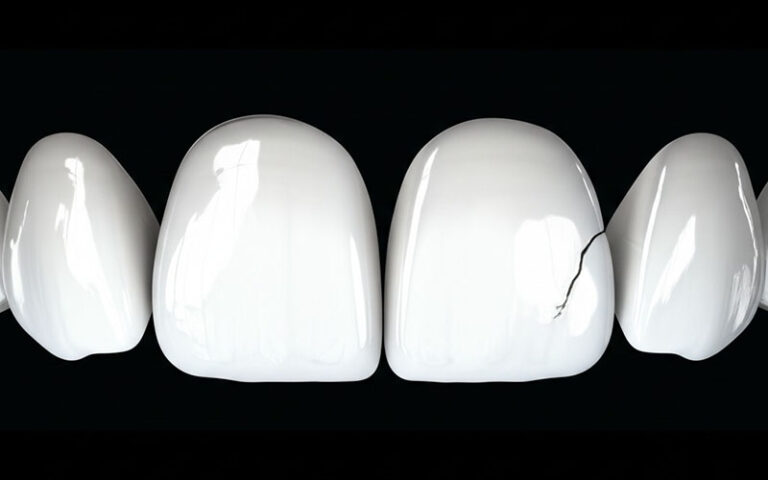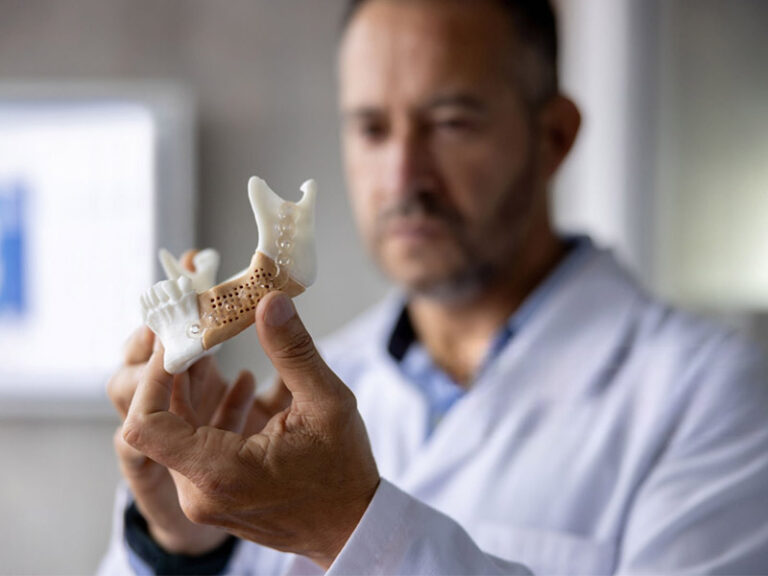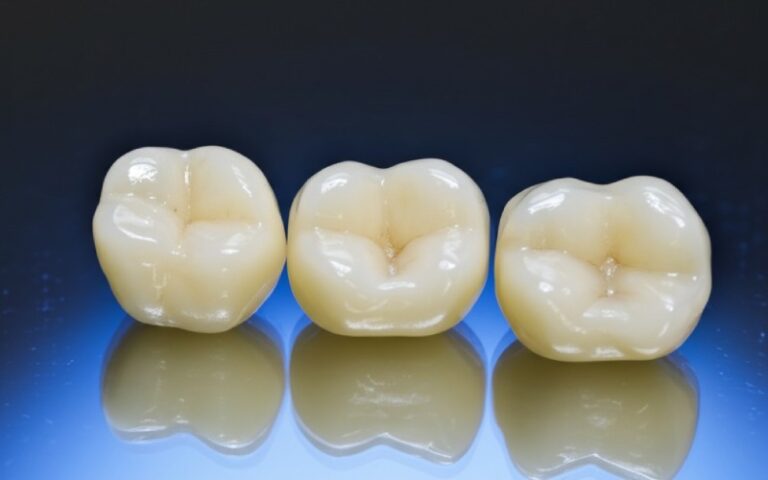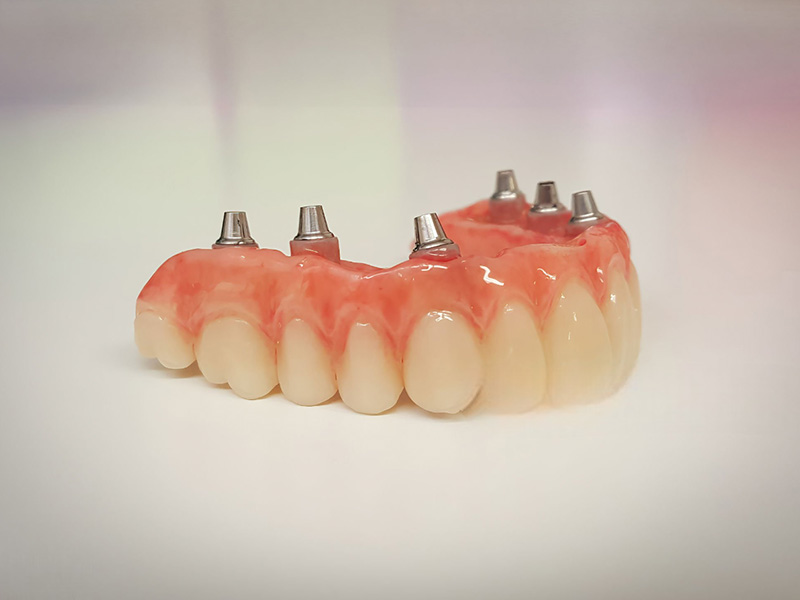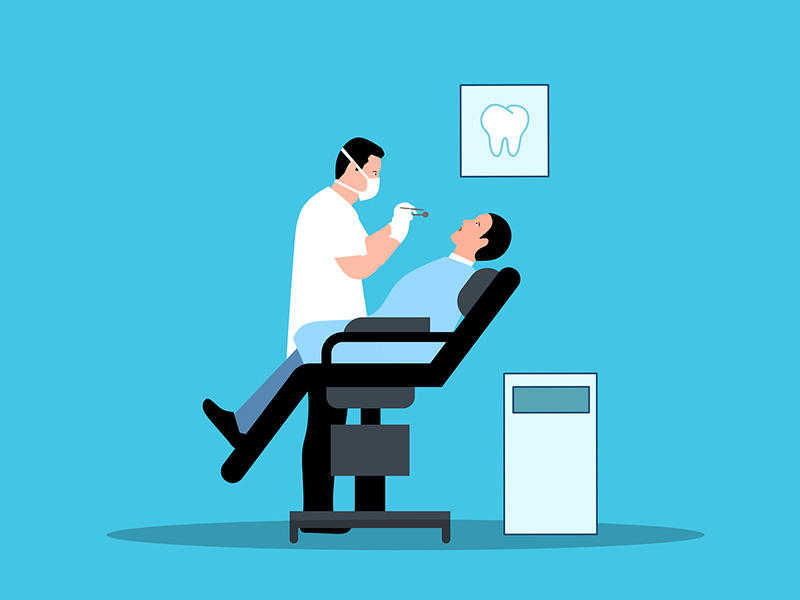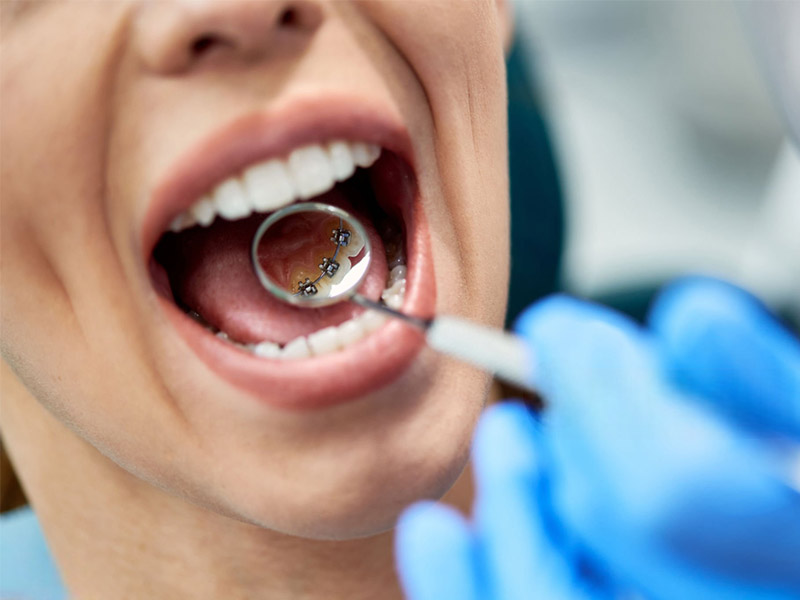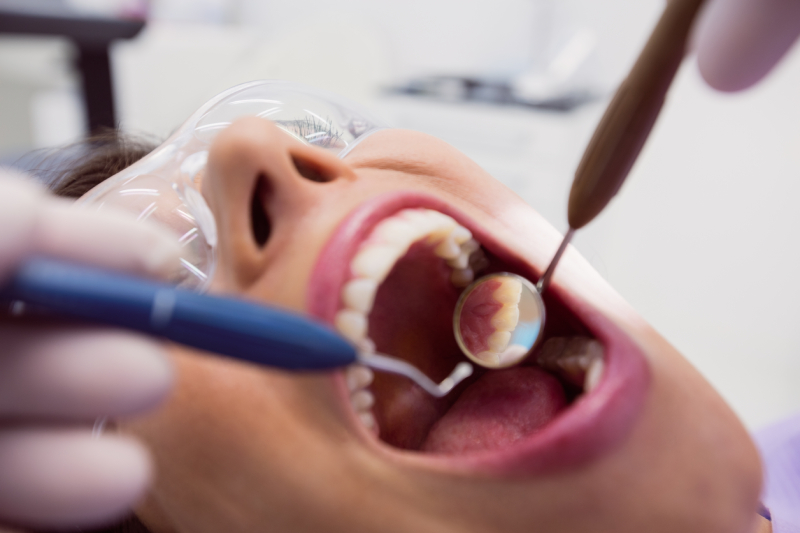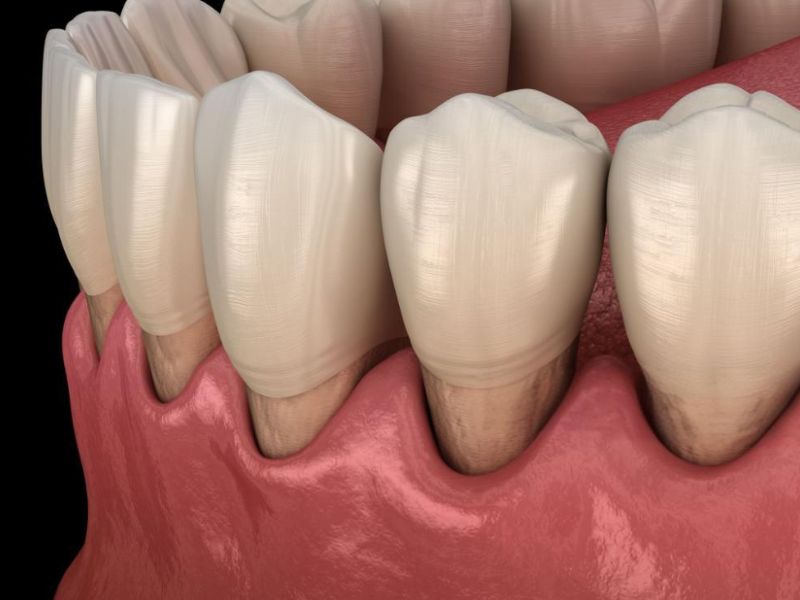
Gum Recession Treatment: A Doctor’s Guide to Fixing Your Receding Gums
Do your teeth look longer than before? Felt a sharp pain with something hot or cold? You aren’t alone. Receding gums are a pretty common problem, and they can cause real trouble if you let them slide. This guide lays out everything you should know about gum recession. Whether you’ve just noticed it or you’re worried about losing teeth, I’ll explain what causes it, how to spot it, and what you can actually do to fix and stop it. Keep reading and let’s help you take charge of your gum health.
Table of Contents
What Is Gum Recession? (And Why It Matters)
Think of your gum as a soft blanket wrapped around your teeth. When it slides away, part of the tooth root that should be covered pokes out. That’s gum recession: the pink skin called gum tissue shrinks away from your teeth, which leaves the softer, yellow root out in the open.
Why does this matter? If gums keep pulling back, little gaps show up where germs like to hide. That can hurt the bone and fibers holding your teeth in. If gum recession goes on too long, teeth can get sensitive, look kind of long, or even get wobbly.
It’s not just looks we’re talking about—this is about keeping your smile, your comfort, and your chewing working right.
How Do I Know If My Gums Are Receding?
You might see gum recession in the mirror, feel something weird when brushing, or just notice things seem different. Look for these signs:
- Teeth Look Longer: Your teeth look too big or the gums seem uneven.
- Sensitive Teeth: Pain around the gums when drinking cold water or eating hot soup might mean the roots are open.
- Grooves at the Gum Line: Little lines or dips near the bottom of the teeth.
- Color Changes: The root part is more yellow than the white top of the tooth.
- Little Black Gaps: Spaces show up between teeth where gums used to fill in.
- Gums that Bleed, Swell, or Look Red: This means your gums are swollen.
See any of these? You may have gum recession. It’s a red flag you shouldn’t ignore.
Why Are My Gums Receding? (Main Causes)
Figuring out what started the problem is the first step—in more ways than one! A few things can hurt your gums. Let’s break it down:
Gum Disease
This is the biggest reason. Gum disease (periodontitis) happens when germs infect your gums and bone. Plaque and tartar build up and make gums angry (gingivitis). If you never get it treated, it damages the stuff holding your teeth in.
Brushing Too Hard
Brushing too hard, especially with a stiff-bristled brush, can rub your gums away over time. Cleaning your teeth shouldn’t feel like scrubbing the grout with a wire brush.
Family History
Some people are just born with thin or weak gums because of their family genes. If your parents lost gum tissue, you could be at risk too.
Other Stuff
- Grinding Teeth (Bruxism): Nightly jaw grinding puts pressure on gums and bone.
- Crooked Teeth or Bad Bite: If your teeth don’t line up, the gums might take a beating.
- Tobacco: Smoking or chewing makes it harder for gums to heal.
- Hormone Shifts: Events like puberty, pregnancy, and menopause can make your gums react more.
All these can add up. Sometimes, it’s just bad luck and bad habits—but the good part is most things you can control!
Can My Gums Grow Back?
Let’s get this one straight: lost gum tissue does not grow back on its own. Once it’s gone, it’s gone.
But don’t freak out. You can stop it from getting worse, and most times, you can get help to fix how things look and feel. Your dentist can build up your gums to cover roots, save your teeth, and get your smile back on track.
What Treatments Can Stop or Reverse Gum Recession?
Worried about what’s next? Your best bet is catching gum recession early, when it’s still small and before the bone is lost. Even if you’ve had the problem a while, today’s treatments can do wonders, and there are more choices than ever.
Here’s what you might hear at the dentist’s office:
- Professional Cleaning: Gets rid of the tough gunk and germs under your gums.
- Deep Cleaning (Scaling and Root Planing): Scrapes away stuff causing trouble and smooths tooth roots so gums can stick to teeth again.
- Repair (Without or With Surgery): For bigger problems, dentists use bonding, gum grafts, or new tricks to cover roots and rebuild your gums.
Don’t drag your feet: the sooner you go in, the easier (and cheaper) it’ll be to fix things.
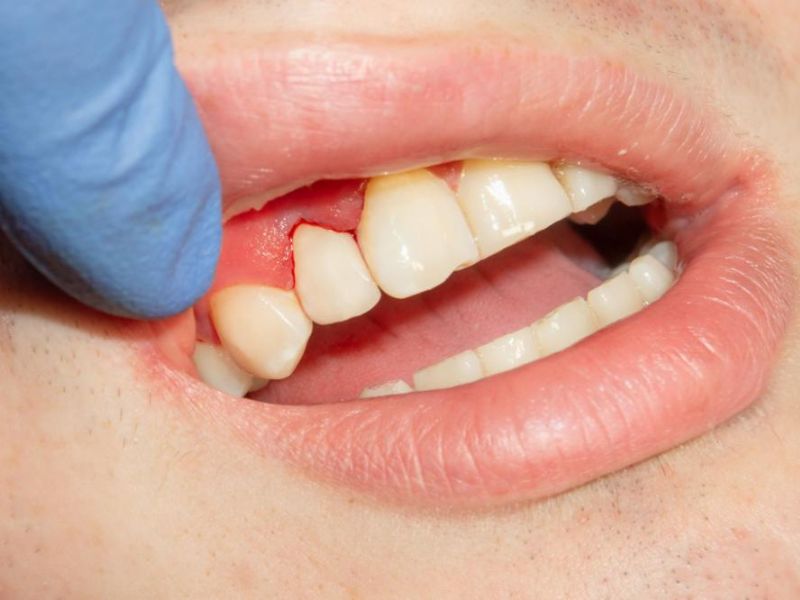
Non-Surgical Gum Recession Treatments
You don’t always need surgery, especially if things haven’t gone too far. These steps can help:
Deep Cleaning (Scaling and Root Planing):
Dentists use small tools to reach under your gums and scrape off germs and plaque. Smoothing the roots helps gums reattach. If things aren’t too deep, this could be all you need.
Antibiotic Gel:
Sometimes, your dentist might put a special gel or paste under your gum. It kills off tough germs and helps things heal.
Tooth-Colored Bonding:
A tooth-colored paste goes over the exposed root to lower pain, fight cavities, and help your smile look better. This won’t stop recession, but it can help with small cases.
Mouthguards (if you grind):
If grinding isn’t helping, wear a custom night guard so you don’t hurt your gums more while sleeping.
Good Brushing at Home:
Learning to brush and floss the right way stops things from getting worse—and can even help gums feel a little tighter.
Surgical Treatments for Receding Gums
Sometimes, the gums are too far gone for a regular cleanup to help. Surgery can offer real help:
Connective-Tissue Graft
This one is the most common. The dentist takes a bit of skin from the roof of your mouth and stitches it over the root. It covers exposed roots, adds thickness, and looks normal when healed.
Free Gingival Graft
A bit different—the dentist takes skin just from the roof of your mouth. If your gums are really thin or you need extra coverage, this works great.
Pinhole Surgery
Here’s a newer and simpler way. Instead of cutting and sewing, your dentist pokes a tiny hole in your gums. Special tools slide the gum tissue over the roots gently. No stitches, less pain, and you can get back to normal life sooner. Studies say the pinhole surgery works as well as grafts in many cases.
Laser Surgery
Some dentists use lasers to shape gums, kill germs, or help tissue heal. LANAP (Laser-Assisted New Attachment Procedure) is one type.
How Can I Prevent Gum Recession?
Nobody wants to go through all this just to have it happen again. You can keep your gums healthy by doing these simple things:
- Brush Softly: Use a soft toothbrush. Change it out often. Brush in little circles, and don’t scrub.
- Floss Every Day: Gets the spots your brush misses.
- Regular Dental Visits: Get a cleaning and checkup every six months.
- Wear a Nightguard (if you grind): Saves your teeth and gums while you sleep.
- Quit Tobacco: Smoking and chewing are trouble for gum health.
- Eat Healthy: Foods full of Vitamin C and CoQ10 help.
- Take Care of Health Problems: If you have diabetes or hormone issues, keep them under control.
- Use Mouthwash Carefully: Rinses with stuff like chlorhexidine can help, but don’t use them forever unless your dentist says so.
Does Gum Recession Hurt?
At first, gum recession doesn’t always ache, so it’s easy to miss. When gums keep pulling back, you might start noticing:
- Sensitive Teeth: Cold, hot, or sweet foods can send a sharp pain near the gum line.
- Pain When Brushing: Cleaning near the roots feels sore.
- Red or Sore Gums: Swelling, redness, or even little sores can show up.
These beats mess with your eating, drinking, or cleaning. That’s why you should catch this fast.
Is Treating Gum Recession Expensive?
Here’s a simple breakdown of gum recession treatment costs in the U.S. These are just averages—your dentist can give you a real price.
| Treatment | Average Cost Per Area (USA) |
|---|---|
| Scaling & Root Planing | $200 – $900 per area (quarter of the mouth) |
| Gum Graft Surgery | $600 – $3,000+ per tooth |
| Pinhole Surgery | $1,500 – $4,000+ per area |
| Dental Bonding | $300 – $600 per tooth |
| Nightguard (for Grinding) | $300 – $800 |
Dental Insurance
Many dental plans help pay for some or all care, especially if you need it to stop sickness (not just for your looks). Ask your plan about periodontal coverage!
Payment Plans
Lots of dentists let you pay over time or use a payment company to make care cheaper.
What Happens If I Do Nothing?
Skipping the dentist or waiting because of money or nerves is tempting, but not fixing your gums can lead to:
- More Sensitivity: The root picks up even more pain over time.
- Cavities: Roots are softer than tooth enamel and rot easier.
- Bone Loss: With gums gone, the bone shrinks away.
- Loose or Lost Teeth: In the worst cases, teeth get so shaky, they fall out or have to be pulled.
- Bad Breath & Infection: Big pockets collect germs, causing bad breath and even bigger infections.
It’s way easier (and way cheaper) to stop these problems early.
Gum Recession Data: What the Numbers Say (Table)
| Treatment/Statistic | Data Point / Finding | Source |
|---|---|---|
| Adults With Gum Disease | 47.2% of U.S. adults 30+ have gum problems | CDC |
| Gum Graft Success Rate | Over 90% work for early cases (Miller Class I & II) | Journal of Periodontology |
| Pinhole Recovery & Satisfaction | Less pain, faster healing, 95%+ happy with results | Int’l J. of Periodontics |
| Deep Cleaning Cost | $200–$900 per area | Insurance, dental cost data |
| Damage From Hard Brushing | Over 150 grams of force can hurt gums | Dental research |
| Gum Disease Without Treatment | Main reason adults lose teeth | American Academy of Perio |
Key Takeaways: What You Must Remember
- Gum recession is normal but serious. It makes teeth hurt, lets them rot, and can wreck your smile if you ignore it.
- Jump on it fast! Visit your dentist when you see longer teeth, sore spots, or sensitivity.
- Cleaning and easy fixes work for small problems: Deep cleaning, bonding, and good home care can stop things early.
- Surgery can fix even big trouble: Grafts, pinhole methods, and lasers help badly receded gums look and feel normal.
- Gums won’t come back on their own. You have to step in to get them right again.
- Prevention isn’t hard: Brush and floss the right way, quit tobacco, eat good food, and see your dentist twice a year.
- Ignoring the issue costs more in the long run: More pain, lost teeth, and bigger bills.
- Insurance and payment plans help. Don’t let fear or money stop you from getting care.
- Call your dentist now if you think you have gum problems. The quicker it’s checked, the easier it is to fix.
Remember: Good gums mean a strong, healthy smile all your life. You don’t have to handle gum recession on your own—your dental team has the skills, tools, and care to help you smile with confidence again.
References
- American Academy of Periodontology, https://www.perio.org
- Centers for Disease Control and Prevention, https://www.cdc.gov/oralhealth
- Journal of Periodontology
- International Journal of Periodontics & Restorative Dentistry
- National Institute of Dental and Craniofacial Research, https://www.nidcr.nih.gov
For more easy tips on keeping your mouth in shape, check out our oral hygiene guide and see how to brush the right way! Don’t wait—healthy gums start now.

